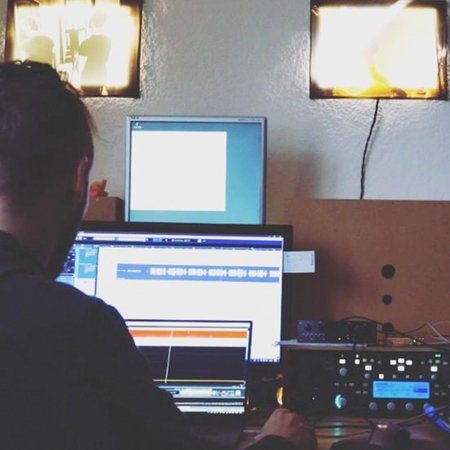Yes, there it is, the incomprehensible stuff. So let's look at the individual terms related to the sampling theorem and put the puzzle together step by step. We want to show you which processes are involved when you, for example record vocals and want to convert your voice through a microphone.
Band limitation
The human ear only registers frequencies up to 20 kHz. If your dog suddenly raises its head attentively, it has heard something outside this spectrum that we are no longer able to perceive. That means our hearing is limited to a certain frequency range, or is band limited.
Low Pass Filter
A low-pass filter comes into play for the upper band limitation. It eliminates all frequencies above a certain frequency. For our hearing, such a low pass would remove all frequencies above 20kHz. We wouldn't hear them anyway, so get rid of them!
Let's assume you want produce music. The highest frequency in your recording is also equal to 20 kHz. How realistic that would be remains to be seen. Now it is sampled at more than twice the maximum frequency. So the sampling frequency must be greater than 40 kHz. That would mean your recording is sampled more than every forty-thousandth of a second. The samples are now only a forty-thousandth of a second apart. Insanity! Thanks to this sampling rate, no mistakes are made when digitising your recording. Let's look at it this way: If our analogue signal was a solid line, our sampled signal is a dotted line. There is now an empty space between our samples that we need to fill again if we want to hear our recording.
Sampling
But how does the sample become a signal again? By being connected again one after the other and without deviations. That way there is no mess. When everything is connected, we have a new signal. This signal is very similar to the original, but no longer the same signal. However, it is so similar that we do not notice the differences.





